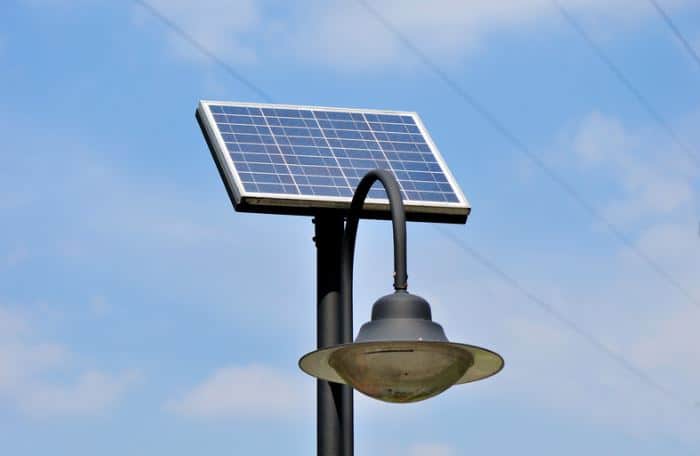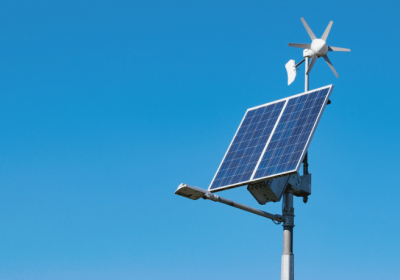Lighting the Path Ahead: Future Trends and Innovations for Commercial Solar Street Lights in Australia
As we venture further into the 21st century, how are the advancements in technology illuminating the way we light our streets at night? The landscape of solar street lighting is evolving rapidly, making it crucial for industry stakeholders to stay abreast of the latest trends and innovations. This article delves into the future of commercial solar street lighting in Australia, exploring upcoming technological advancements that promise to transform how our streets are illuminated.
Smart Lighting Technology
Revolutionizing Street Lights with Smart Technology

What happens when street lights get smarter? Today, smart solar street lights come equipped with motion sensors, dimming capabilities, and the ability to be monitored remotely. These features not only increase energy efficiency but also enhance functionality, adapting to the needs of their environment dynamically.
The Benefits of Smart Lighting
Why should we care about smarter street lights? The integration of smart technologies allows for more precise control of lighting, which reduces energy waste and extends the operational life of the lights. This means streets are only brightly lit when necessary, conserving power and reducing costs.
Improved Energy Storage Solutions Of Solar Street Lights
Next-Generation Battery Technology
How can the latest battery technologies revolutionize solar street lighting? Advancements in battery technology are creating options with higher energy density and longer lifespans, crucial for the reliability of solar street lights. These new batteries can store more energy, providing reliable lighting even during periods of low sunlight.
Innovations in Energy Storage
What does this mean for the longevity of street lights? With improved batteries, solar street lights can operate more efficiently and with less frequent battery replacements, which is especially significant in the vast and variably illuminated landscapes of Australia.
Integration with IoT and Connectivity
Connecting Lights with IoT
How does connecting solar street lights to the Internet of Things (IoT) make a difference? By enabling communication between lights and a central monitoring system, IoT technology enhances the capabilities of solar street lights through real-time monitoring and data analytics.
The Power of Connectivity
What are the practical benefits of this connectivity? This integration allows for predictive maintenance, where potential issues can be identified and addressed before they cause system failures, thereby increasing the reliability and efficiency of street lighting networks.
Enhanced Durability and Longevity Of Solar Street Lights
Building Tougher Street Lights
What makes solar street lights ready to withstand harsh Australian conditions? Innovations in materials and design features are focusing on enhancing the durability of solar street lights. New designs include weather-resistant features that withstand extreme conditions from the tropical north to the arid south.
Longevity in Lighting
How do these innovations extend the lifespan of street lights? Through better materials and smarter designs, solar street lights are becoming more capable of enduring long periods without maintenance, thus reducing long-term costs and enhancing their usability in remote locations.
Sustainable Design and Materials of Solar Street Lights
Eco-friendly Lighting Solutions
How does sustainability play into new designs? The adoption of sustainable materials in the manufacturing of solar street lights minimizes environmental impact and supports global carbon reduction goals.
Reducing the Carbon Footprint
Why is this important? By using recycled materials and reducing the energy required for manufacturing, solar street lights are becoming a key player in sustainable urban infrastructure, paving the way for a greener future.
Cost Reduction and Affordability Of Solar Street Lights
Making Solar Lights More Affordable
How can we make solar street lighting more accessible? Strategies for reducing costs include achieving economies of scale in production and employing newer, more cost-efficient technologies.
Benefits of Reduced Costs
What does cheaper solar lighting mean for us? Lower costs not only make it feasible for more municipalities and businesses to adopt solar street lighting but also contribute to broader acceptance and installation of these systems across diverse environments.
Regulatory and Policy Considerations Of Solar Street Lights
Navigating the Regulatory Landscape
What regulatory considerations affect solar street lighting? Understanding and complying with Australian standards and regulations ensures that the deployment of new solar street lighting technologies meets safety and performance criteria.
The Role of Policy in Innovation
How do policies shape the future of solar lighting? Supportive policies, including incentives and grants, are crucial for fostering innovation and ensuring the sustainable growth of solar street lighting infrastructure.
Real-World Impacts
How have these innovations changed communities? These case studies provide tangible evidence of the benefits of embracing advanced solar street lighting technologies, from reduced energy costs to improved community safety.
As we look to the future, the potential for innovations in commercial solar street lighting is boundless. By embracing these advancements, stakeholders in Australia can ensure that their lighting infrastructure is not only sustainable and efficient but also adaptable to the ever-changing technological landscape.
FAQs:
- What are the most promising smart technologies for solar street lights?
- Technologies like adaptive lighting controls, motion sensors, and integrated IoT capabilities are at the forefront.
- How often do the batteries in solar street lights need to be replaced?
- With advances in battery technology, the need for replacement is lessening, typically every 5 to 7 years.
- Can solar street lights withstand extreme weather conditions like cyclones?
- Modern designs include features that make them resilient against severe weather, including cyclones.
- What are the key considerations for installing solar street lights in coastal areas?
- Corrosion resistance and stability in sandy soils are crucial for installations in coastal regions.
- How do government policies influence the adoption of solar street lighting?
- Government policies play a significant role by providing subsidies, setting standards, and facilitating research and development in solar technologies.
Read more about commercial solar street lights
Enlightened Choices: Exploring the Benefits of Commercial Solar Street Lights in Australia
Shedding Light on Solar Street Lights in Australia: Understanding How They Work









